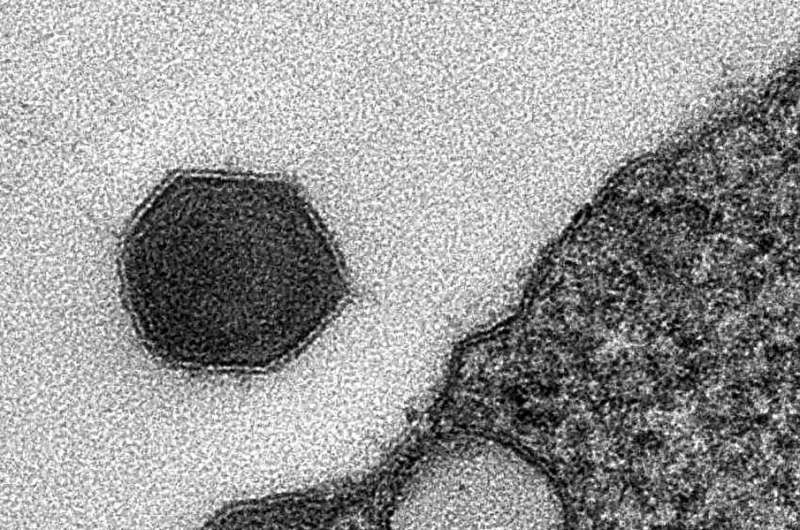Giant viruses, once thought to be from outer space, are now known to have a profound impact on Earth’s ecosystems. These viruses, larger than some bacteria, can infect and devastate populations of single-celled algae, which play a crucial role in oxygen production and carbon fixation. Recent research has shed new light on the complex relationships between these giant viruses and their algae hosts, using advanced techniques like single-cell RNA sequencing to map their interactions in unprecedented detail.

Unraveling Mysteries of the Oceanic Microworld
Historically, however, marine virologists have only been able to observe the processes at work in the ocean system in bulk giving us a partial view of how viruses and algae interact around the globe. But the researchers here have a new trick up their sleeves they set themselves in the Norwegian fjords and made an algal bloom happen on the spot. Using single-cell RNA sequencing, they identified the active genes in every single cell rendering the ability to find out which kinda of algae were present and if they had been infected by giant viruses.
The inclusion of this high-resolution method allowed the researchers to map onto known hosts and additionally discover host-virus connections for taxa such as the Katablepharidaceae-infecting Imitervirales-07 virus that have been previously undescribed. Even more, the researchers discovered a clear association between the virus appearing and the host algae population crashing showing just how much damage these giant viruses can do to marine ecosystems.
Exploring the Viral Domain of Secrets
Before this research, no one database listed how to classify giant viruses that infect algae. To fill this gap, the researchers teamed up with a virus evolution expert and used the extracted cell RNAs to construct a singular database for these giant viruses.
The research team was also able to denote the species of algae under examination and determine which if any were infected with a giant virus, all information that could be gleaned from their RNA dataset. This yielded a trove of novel findings, including 71 never-before-described pairings between viruses and hosts.
Some of these giant viruses produce proteins that can directly affect the fate of the host cells, such as by being responsible for triggering programmed cell death during their late infection phase. These findings reveal some intricate web of interactions between these tiny rulers and their algal slaves.
Getting Ready for Future Environmental Challenges
As the researchers write, “The implications of this study are not merely restricted to the Norwegian fjords.” If all this was not already enough of a concern, thanks to the impact of climate change on our planet, we are now experiencing ancient pathogens being loosed upon an unprepared world as ice caps melt at both poles.
With all this virus genome information combined with the single-cell RNA sequencing, this approach can be applied to other geospatial and climatic environments like the extreme part of the world as a novel method to key out algae-virus interactions. The information could aid in the readiness of humanity against such deadly pathogens and the hazards they possess.
The finding of these giant viruses and their importance in the marine ecosystem emphasizes how much more remains unknown about the microscopic world. Through disentangling these intricate relationships of these micro-giants and their hosts, scientists will understand more about how the biosphere of our planet remains in equilibrium and be able to develop techniques that bolster it.
